


A pioneering method to simulate how microscopic particles move through the air could boost efforts to combat air pollution, a study suggests.



In 2022 a team discovered that high levels of OH radicals can be generated indoors, simply due to the presence of people and ozone. This means:...
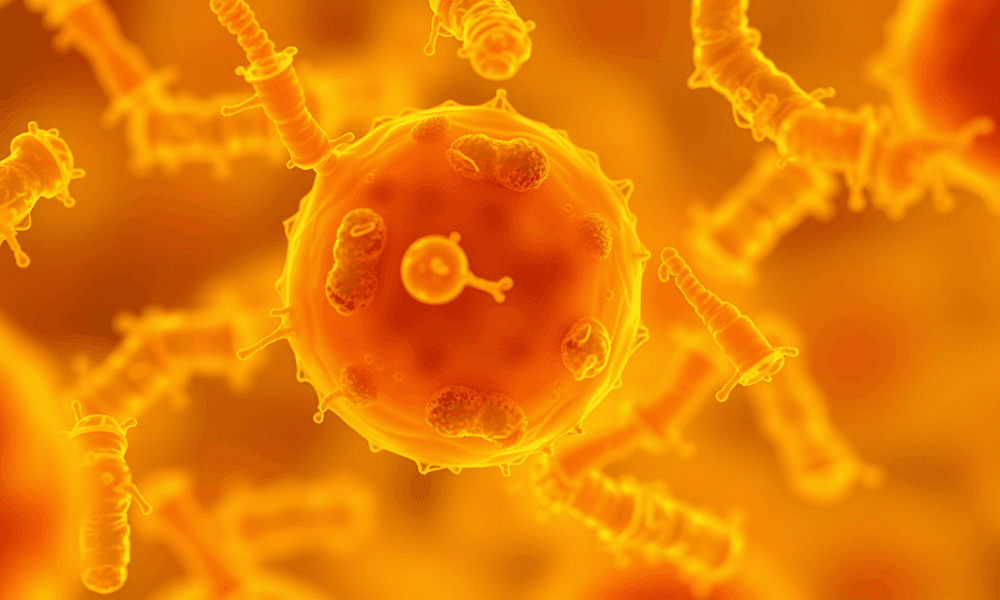
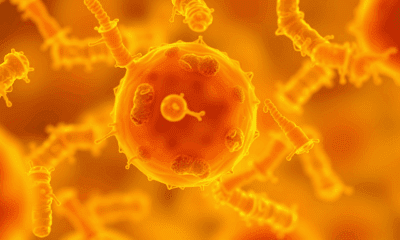

Nanoplastics are everywhere. These fragments are so tiny they can accumulate on bacteria and be taken up by plant roots; they're in our food, our water,...
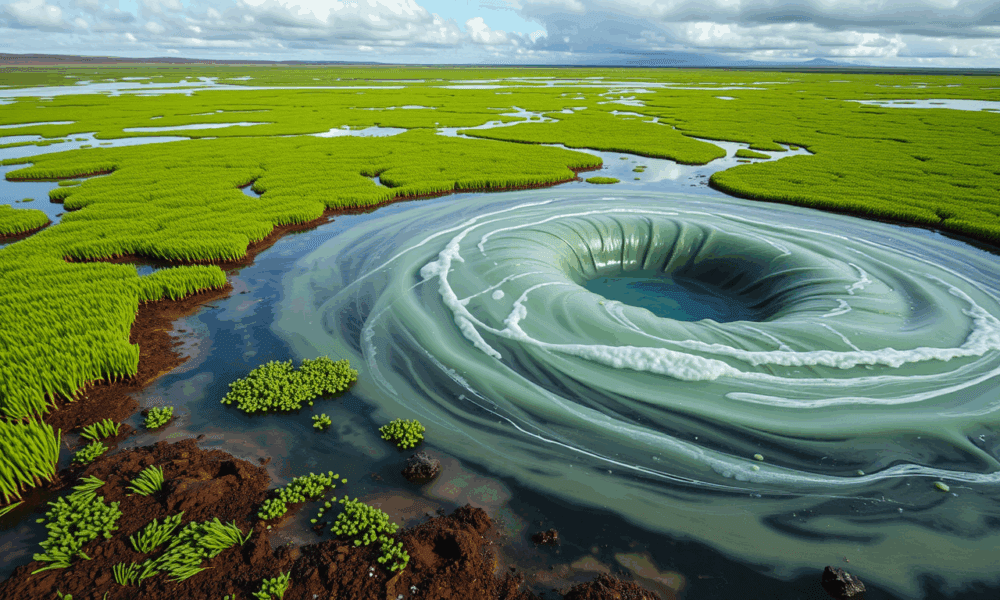
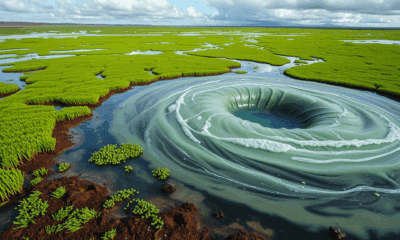

The latest study finds that emissions of the potent greenhouse gas might be higher than previously estimated.
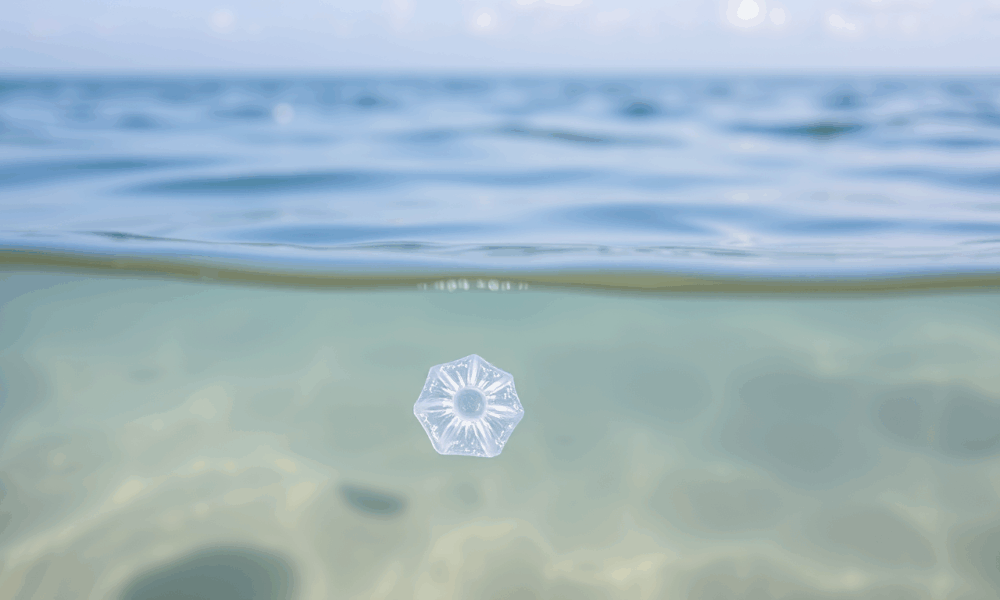


When researchers went searching for microplastics in sediments pulled from the bottom of Matagorda Bay and its surrounding inlets, they didn't find much. Most of their...
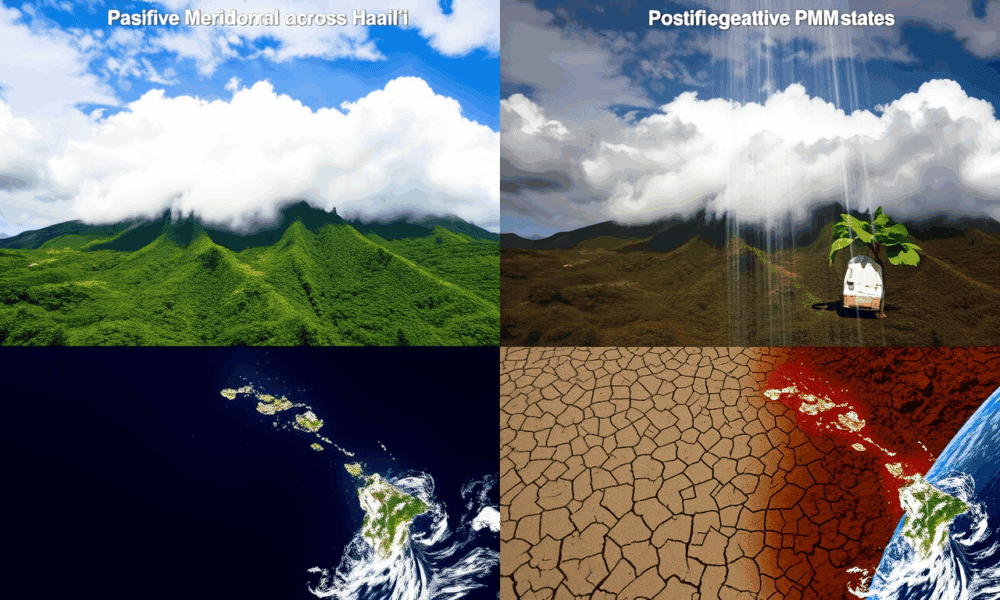
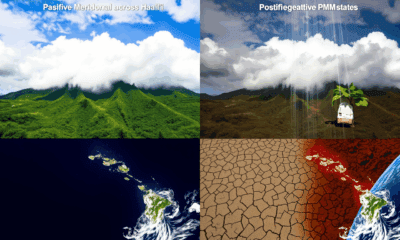

El Nino-Southern Oscillation (ENSO) is known to have a significant impact on climate across the Pacific, including Hawai'i, and adjacent continents. However, atmospheric scientists have now...
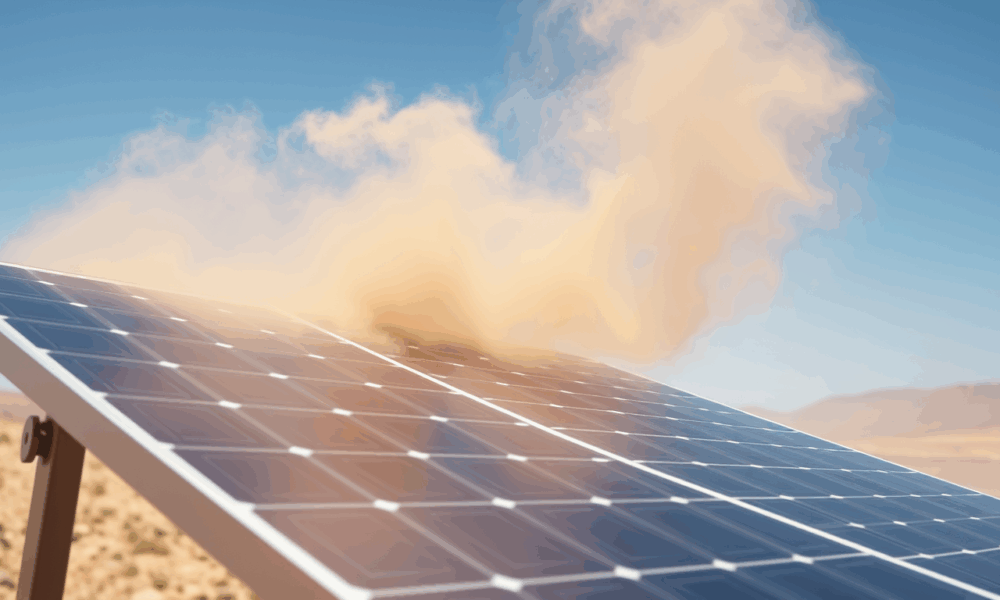
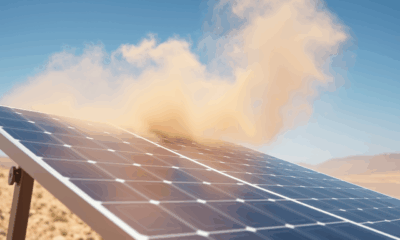

New research reveals how Saharan dust impacts solar energy generation in Europe. Dust from North Africa reduces photovoltaic (PV) power output by scattering sunlight, absorbing irradiance,...
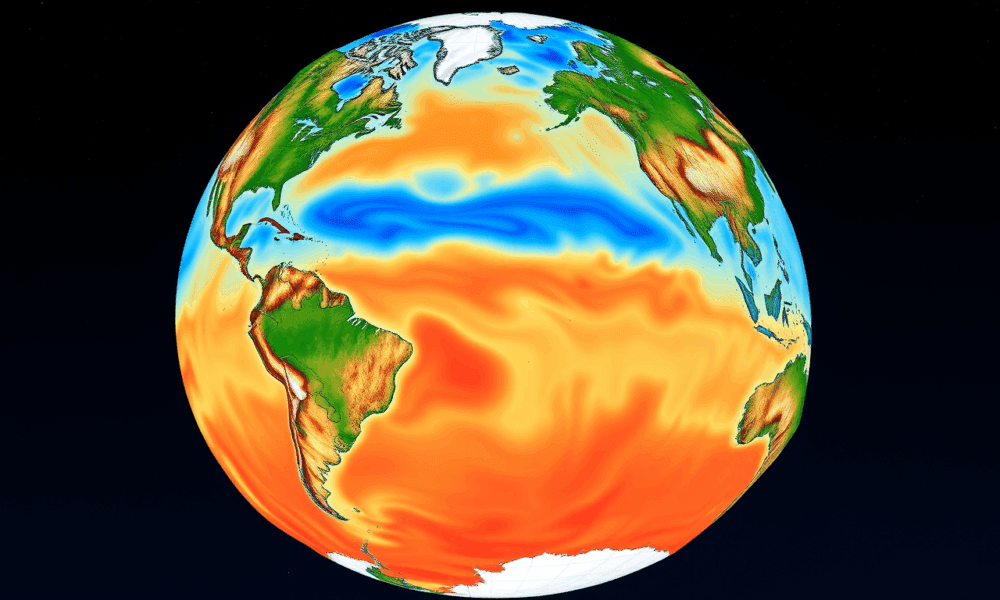
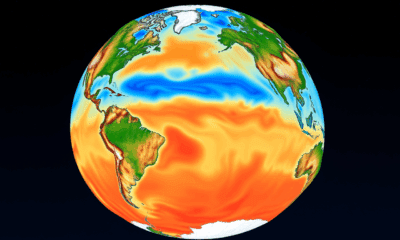

The world's oceans are heating faster in two bands stretching around the globe, one in the southern hemisphere and one in the north, according to climate...



A technique to cool the planet, in which particles are added to the atmosphere to reflect sunlight, would not require developing special aircraft but could be...



A study suggests that Homo sapiens may have benefited from the use of ochre and tailored clothing during a period of increased UV light 41,000 years...